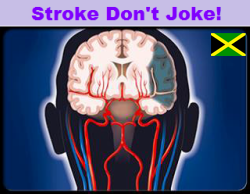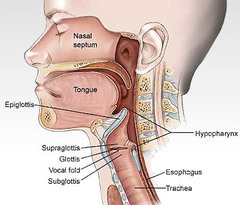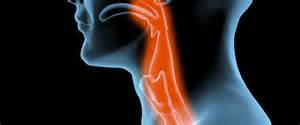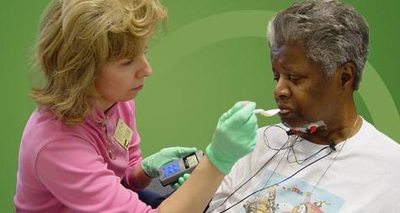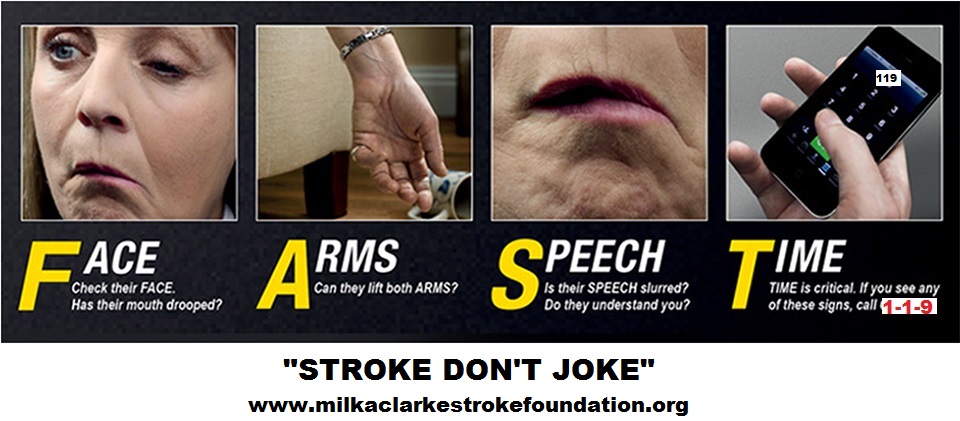Dysphagia
What is Dysphagia?
Dysphagia is the medical term for difficulty swallowing or paralysis of the throat muscles. This condition can make eating, drinking, taking medicine and breathing difficult. Many stroke survivors experience dysphagia or trouble swallowing at some point after a stroke. Difficulty swallowing is most common immediately after a stroke, but usually declines over time.
Dysphagia is the medical term for difficulty swallowing or paralysis of the throat muscles. This condition can make eating, drinking, taking medicine and breathing difficult. Many stroke survivors experience dysphagia or trouble swallowing at some point after a stroke. Difficulty swallowing is most common immediately after a stroke, but usually declines over time.
Guide To Dysphagia - 3D Animations of Swallowing
|
Symptoms you might experience include:
Can difficulty swallowing be treated? The most common treatment for difficulty swallowing is swallow therapy done with the help of a speech language, occupational, or physical therapist. Some stroke survivors may be candidates for Neuromuscular Electrical Stimulation (NMES). If you show signs of aspiration or have difficulty managing your diet, you may be a candidate for this type of dysphagia therapy. Exercising the tongue, lips, throat, and mouth can help relax and strengthen the muscles as well as increase their flexibility (examples include tucking the chin or rotating the head). A speech language therapist can teach special exercises to stimulate the nerves involved in swallowing. These can include changing posture and sitting position, reducing distractions at mealtime, eating slower with smaller amounts of food, and changing food texture. Some medications, such as muscle relaxers, can help open the throat and make swallowing easier. Tips to living with dysphagia Dietary changes or changes to the texture or thickness of foods may help with swallowing difficulties. For example, you may be able to chew and swallow smaller pieces so chopping, mincing or puréeing food may make it easier for you to eat. Food should be prepared and consumed correctly to avoid inhaling into the lungs. Dehydration or not drinking enough is always a risk. Thin fluids, such as water, are harder to swallow changing the thickness with liquid thickeners can be helpful. Ask your healthcare professional for the best plan for your individual needs. Get the Dysphagia Infographic.
Your browser does not support viewing this document. Click here to download the document.
|
A swallowing disorder called dysphagia often occurs as a result of stroke. Dysphagia may occur in up to 65 percent of stroke patients. If not identified and managed, it can lead to poor nutrition, pneumonia and increased disability.
Aspiration
Speech-language pathologists are trained to test swallowing. The first step is a bedside assessment.
Efforts to make sure survivors with swallowing problems receive adequate nutrition are taken by the patient’s medical team. If it doesn’t appear safe for them to swallow anything by mouth, they may require tube feeding. The swallowing tests give the speech-language pathologist information to help create an individualized treatment plan to help patients regain their swallowing skills. Treatment Plans Treatment plans generally include exercises to improve coordination of muscle movements in the mouth and throat.
Although each treatment plan is unique and designed to meet specific needs, some common precautions may help you swallow more safely.
| ||||||
All About Thickening & Thickened Liquids
The Mechanically Altered Diet
